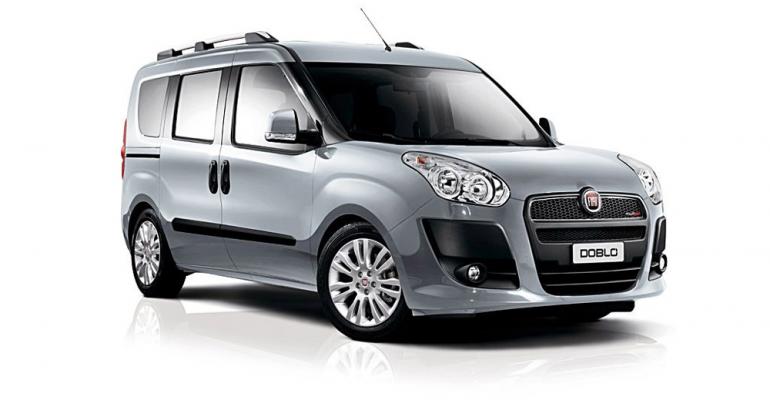TROY, MI – Emerging markets such as the Middle East and North Africa represent “the last frontier” for automakers targeting global sales growth, an industry expert says, but early success depends more on product expertise than manufacturing or distribution prowess.
“If you do not understand the market needs, you will not sell,” says Xavier Mosquet, senior partner and global leader-automotive at Boston Consulting Group.
“These markets are quite demanding, they know what they need. And as soon as they find it, sales skyrocket,” he tells WardsAuto after briefing journalists here on the consultancy’s latest emerging-markets study, “Beyond BRIC: Winning the Rising Auto Markets.”
The BRIC collection of countries comprising Brazil, Russia, India and China have been the major emerging markets drawing automotive investment in recent years. But as those markets mature, automakers must search elsewhere to sustain growth. Largely overlooked countries such as Indonesia, South Korea, Iran, Thailand, Mexico, Turkey and the state of Saudi Arabia have become what BCG calls “the last frontier.”
Those up and coming countries, which represent about 88 markets in total and 15 core growth markets, will fuel annual global sales increases of 6% between now and 2020, BCG says. They will grow four times as fast as the established markets of the U.S., Canada, Europe, Japan, Australia and New Zealand and account for one in five global vehicle sales in the next seven years.
“For the winners in these markets, it can be very attractive,” says co-author Marco Gerrits, partner and leader-automotive practice in China at BCG.
But it starts with product, such as the Fiat Doblo in Turkey. Fiat leaders identified local demand for a dual purpose, 7-passenger vehicle with a regulatory-friendly powertrain. In three years on the market there it has been among the top three nameplates, accounting for volumes approaching 40,000 units annually and a 6% share.
“Without Turkey, this Fiat would not survive,” Mosquet says.
Two other MPVs further illustrate the point. Toyota sells a pair of similarly sized vehicles in Southeast Asia, the Avanza in Indonesia and the Sienta in Japan. Both seat seven passengers in a simple, flexible arrangement, but the Avanza receives a higher ride height to accommodate a poor infrastructure with streets that flood every few weeks.
The Avanza also has a lower-cost exterior design than the Sienta, harder plastic interior trim pieces and less standard equipment. Its base price is $5,500 cheaper than the Sienta. Such foresight has provided Toyota an industry-leading 34% market share in the ASEAN region.
Such complexity demands automakers take a “cluster” approach to the markets, which in addition to ASEAN includes the Emerging Middle East, Andean nations and the North Africa Belt, according to BCG research, because no single country on its own will generate sales volumes on par with a BRIC nation.
BCG estimates the strongest individual countries will be tasked to generate annual sales of 1 million units.
Establishing a regional hub for production and distribution, which spans individual country boundaries, likely will be the best approach to satisfying the diverse customer demands of each nation.
“One size does not fit all,” says study co-author Nikolaus Lang, senior partner at BCG.
The newly emerging markets are not entirely untapped, either. Toyota commands a strong position in the Middle East, as well as ASEAN, while General Motors dominates in the Andeans with its Chevrolet brand. Renault-Nissan leads the market in North Africa.
For automakers looking to enter the fray today, “it will be a real battle,” Mosquet says. “Without a breakthrough approach to vehicle financing or production, it will be very difficult.”





